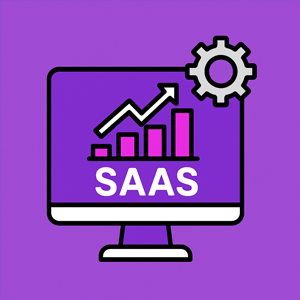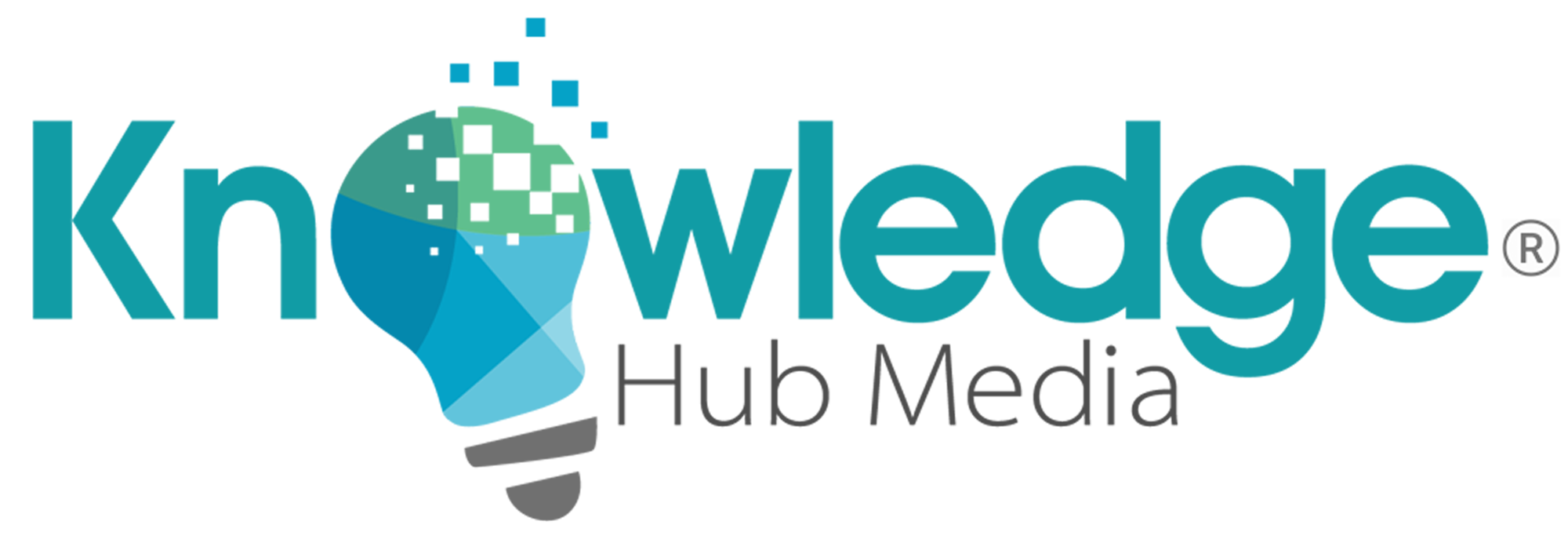 In the early days of SaaS, the race was to go broad, appeal to everyone, serve every function, and scale fast. But in 2025, a different trend is dominating the B2B landscape. Vertical SaaS, or industry-specific software-as-a-service, is surging in popularity and transforming how businesses shop for software.
In the early days of SaaS, the race was to go broad, appeal to everyone, serve every function, and scale fast. But in 2025, a different trend is dominating the B2B landscape. Vertical SaaS, or industry-specific software-as-a-service, is surging in popularity and transforming how businesses shop for software.
From construction project management to legal case workflows and healthcare compliance, companies are moving away from generic platforms in favor of purpose-built solutions that speak their language, understand their workflows, and deliver faster ROI.
What Is Vertical SaaS?
Unlike horizontal SaaS, which targets broad business functions across industries (such as CRM, payroll, or marketing automation), vertical SaaS solutions are tailored to the unique needs of specific industries.
Examples include:
- Legal Tech: Case management, client intake, and billing tailored for law firms
- Construction SaaS: Job costing, on-site inspections, and subcontractor coordination
- Healthcare SaaS: HIPAA-compliant EHRs, patient scheduling, and insurance integrations
- Retail SaaS: Point-of-sale systems, loyalty program automation, and SKU-specific analytics
These platforms are focused on solving niche challenges that horizontal tools often overlook or oversimplify.
Why Vertical SaaS Is Winning
- Built-In Industry Expertise
Vertical SaaS platforms are often created by professionals with direct experience in the industries they serve. This results in:
- Purpose-driven workflows
- Pre-built templates and compliance features
- Shorter learning curves for teams
B2B buyers appreciate when a product feels like it was designed specifically for their day-to-day needs, rather than force-fitting a general tool.
- Faster Time to Value
Since these platforms come pre-configured for industry-specific use cases, onboarding is faster, customization is minimal, and teams realize value more quickly.
This speed is essential in fast-paced environments like logistics, construction, and healthcare.
- Compliance and Security Alignment
Many industries face strict regulatory requirements. Vertical SaaS vendors often build in compliance standards such as HIPAA, SOC 2, FINRA, or GDPR by default, helping clients avoid legal pitfalls and saving time during audits.
- Relevant Analytics and Reporting
Instead of offering generic dashboards, vertical SaaS platforms focus on KPIs that matter within the specific context of each industry. Whether it’s patient wait times, project cost variance, or legal case resolution rates, decision-makers get the data they actually need.
- Higher Retention and Stickiness
Because these tools are tightly woven into business workflows, customers are more likely to stay with them long term. Vertical SaaS platforms typically enjoy higher retention rates and lower churn compared to their horizontal counterparts.
Where the Growth Is Happening
Vertical SaaS is not a niche trend. It is a fast-expanding opportunity with rising investment and M&A activity across key industries:
- Legal Tech: Rapid growth in AI-powered document automation, contract analysis, and client communication tools
- Construction: Companies are investing in platforms for jobsite safety, drone-enabled site inspections, and blueprint collaboration
- Healthcare: Telehealth, EHR platforms, and clinical AI systems are driving adoption
- Manufacturing and Supply Chain: Demand is growing for warehouse automation tools, IoT integration, and logistics analytics
- Education: K-12 and higher education institutions are turning to platforms that support curriculum planning, grading, and virtual learning
Why This Matters to B2B Buyers
Today’s B2B software buyers want more than features. They want relevance, precision, and fast time-to-value. Vertical SaaS delivers all of this by offering products that align with the complexities of their industry.
This shift is being driven by three key factors:
- Increased demand for industry-specific solutions
- Pressure to reduce time and cost spent on customization
- A growing need for compliance with evolving regulations
Instead of opting for one large horizontal platform, many organizations are assembling software ecosystems made up of highly tailored vertical tools.
Final Takeaway: Vertical Is the New Scalable
In 2025, vertical SaaS is not just a trend, it is a strategic imperative. For B2B software providers, this is a chance to specialize, build trust, and deliver real results.
For buyers, the message is clear. The platforms that deeply understand your business will outperform general-purpose tools. In a market where AI, automation, and industry regulation intersect, being specific is now the key to scale.
